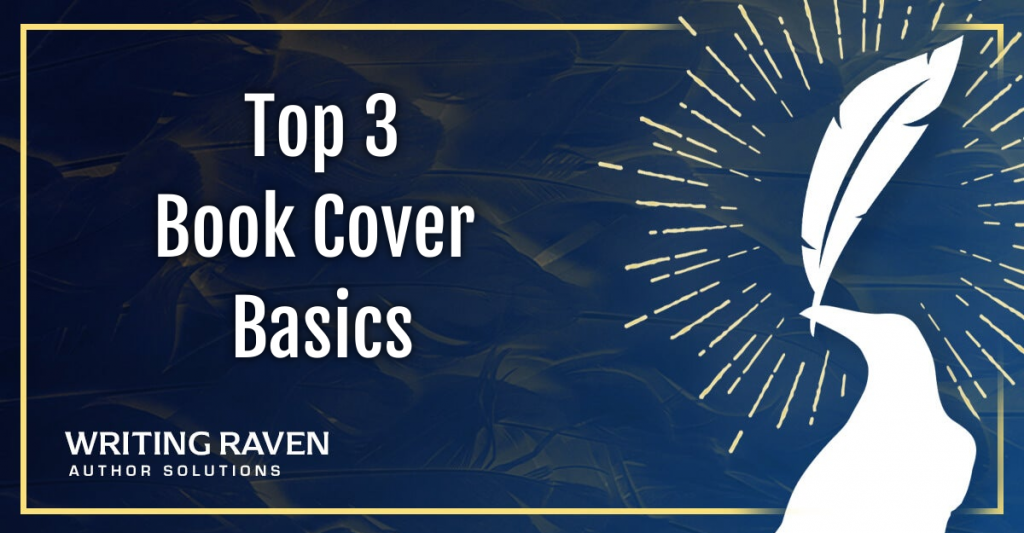- Sam Fanderclai
- March 1, 2023
- 1:00 am
You’ve spent hours, months, possibly years writing a fabulous book and now you’re ready to see it on sale at retailers. But wait…there’s something that’s just as important as your polished manuscript to help you sell successfully – your cover.
As an indie author, everything about your book is in your hands. The writing and editing are only part of it. The design and quality of your cover is equally important!
A well-designed cover brings your story to life and can make (or break) the success of your book. Many readers admit to buying a book solely based on the cover.
Are readers judging the quality of your writing by the cover? Absolutely. It’s the first thing they see, usually in a thumbnail online on a retailer site, and it conveys much more than the title.
What’s the number one thing you can do to grab them? Hire a qualified cover artist with experience in your genre.
A good cover artist knows this may be the only chance you get to impress a potential reader and will work with you to make your cover a magnet for your book.
What’s the second most important thing? Create your own brand.
Your branding includes the colors, fonts, and design elements you use for titles, your website, and your marketing. A cohesive brand that readers can easily identify as yours is crucial.
Every cover is part of your brand, from the font used for your name, to the colors chosen to convey mood and genre. You need a knowledgeable and creative cover artist who works with you to achieve your vision.
And the third item to keep in mind when designing your covers? Have fun!
Seeing the cover of your book the first time is one of the best parts of this journey. Your story comes to life and feels tangible. Revel in it and enjoy the process of fine-tuning the colors, fonts, and elements with your cover artist.
Don’t overthink it. Your cover doesn’t need to tell the whole story – it needs to catch the eye of a potential reader. Too many details will only confuse them. The characters, settings, and objects may be significant to you, but a new reader won’t get the significance of them until they’ve read the story. Stick to a maximum of two characters, one setting, and one object. Many great covers only feature one character and one setting – or less.
An eye-catching book cover doesn’t have to stand out among other books from the same genre. In fact, a good cover will look like others in your genre so readers know exactly what kind of story they’re getting. (If you bit into a juicy apple, and it turned out to be an orange instead, you wouldn’t be too happy – even if it was a really tasty orange.)
Finally, when you do get your cover, give honest feedback to your cover artist – they’re here to help! It’s the job of every designer to bring your ideas to life. Giving feedback is the best way for them to create a cover that you’ll love.
Trust the advice your cover artist gives you, too – they want to create a cover that you love, and one that will sell as many copies of your book as possible. Good feedback helps them do just that!
Check out our premades and see what colors, fonts, or elements jump out at you. What do you like about them? What might work for your genre and book? We offer customization if you find one that works for you!
If you’d like us to create a custom design, we’re eager to work with you and answer your questions. Just visit https://writing-raven.com/custom-covers to get started!
Until next time fair writer,
The Writing Ravens

